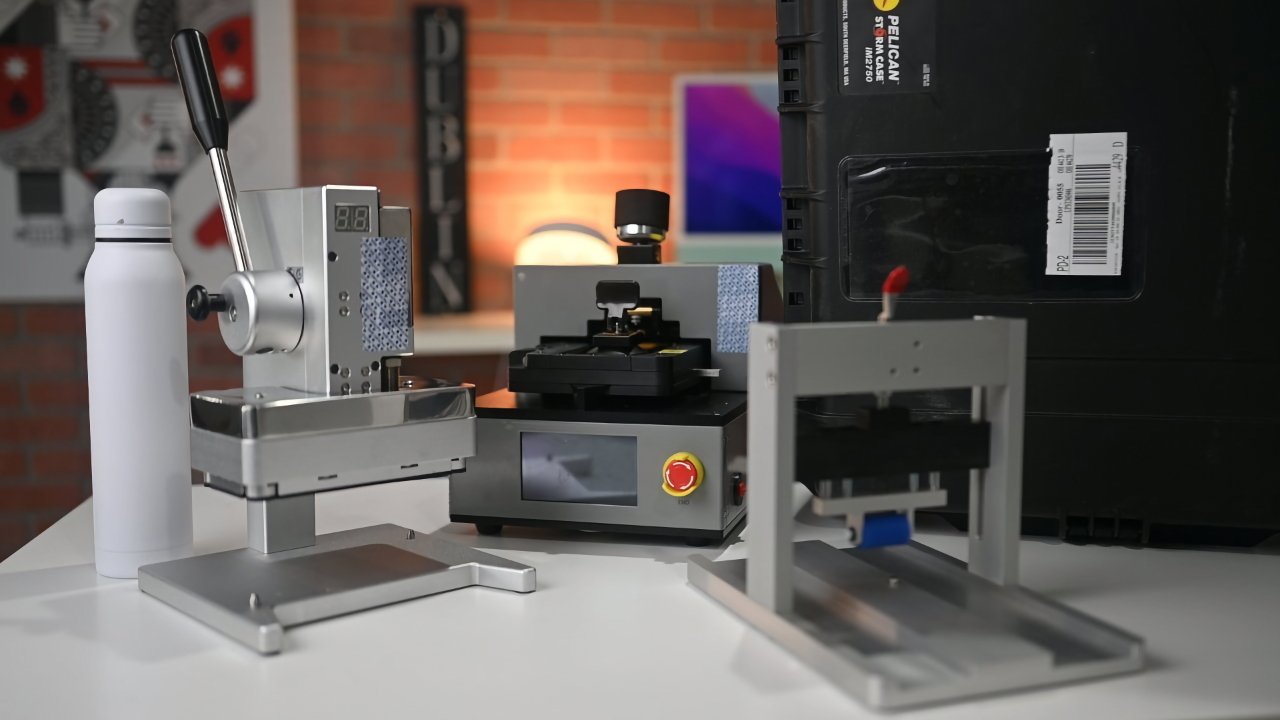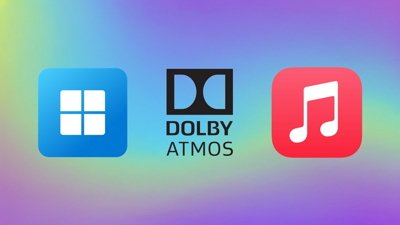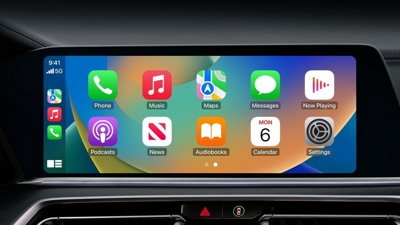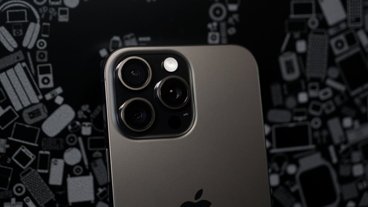Apple is expanding its self-repair program procedures, and is adding the ability for consumers to use parts pairing to fully activate used parts in repairs — assuming they haven't been harvested from stolen devices.
Starting in the fall, Apple is implementing a new parts-pairing process that it says will "maintain an iPhone user's privacy, security, and safety, while offering consumers more options, increasing product longevity, and minimizing the environmental impact of a repair." The company will alter its parts pairing process — and will prevent the use of parts that are associated with a device that has Activation Lock enabled.
This is an expansion and complication of Apple's parts pairing of replaced components in software after a repair. The practice is controversial, with repair shops and right to repair advocates complaining that it limits options and generates a pile of e-waste. Apple says that the lock-down on stolen iPhone parts has been requested by law enforcement for some time.
Also in the fall, presumably in iOS 18 and associated releases, Apple will expand Parts and Service History on devices to show if an installed part is new or used.
Apple also says that starting in the fall, calibration for Apple parts, either new or used, will happen after a part is installed. The company's existing supply of service parts is a mix of new and factory refurbished parts. The company has confirmed to us that they will not be selling used parts, and donor parts can be scavenged from an otherwise unusable device — assuming that it is not Activation Locked.
Other changes announced on Thursday include the fact that future iPhone releases will be able to use used biometric sensors. Additionally, customers and service providers will no longer need to provide a device's serial number when ordering parts from the Self Service Repair Store for repairs not involving replacement of the logic board.
Other than new used parts compatibility, the program's procedures are remaining essentially the same.
If a part is being ordered from Apple following a user's self-diagnosis, the customer places the order for the parts and tools using a special online store. Consumers will have to return "core" parts the same as repair shops do, to receive a credit towards the initial part purchase price.
The complexity of repair work, and the high cost of the parts, means that Apple's Self Service Repair program remains not practical for individuals who just scratched their display. As expensive as going to an authorized Apple repairer can be, that will remain the most economic route in terms of cost, time, and the risk of damaging devices further.
In total, the program supports 35 products, in 33 countries, with materials available in 24 languages.
After an announcement in November 2021, The Self Service Repair program started in April 2022 with just iPhone.
It extended to iPhone 14 and some Macs in June 2023. It was extended to iPhone 15 and M2 Apple Silicon in December 2023.
Update 4/11 10:02 Updated with confirmation that Apple will not be selling used parts.
 Mike Wuerthele
Mike Wuerthele







-m.jpg)






 Amber Neely
Amber Neely
 Marko Zivkovic
Marko Zivkovic
 William Gallagher and Mike Wuerthele
William Gallagher and Mike Wuerthele
 Andrew Orr
Andrew Orr



 William Gallagher
William Gallagher







3 Comments
Great decision! Go Apple! B)
Dragged kicking & screaming though eh? Took look enough ...